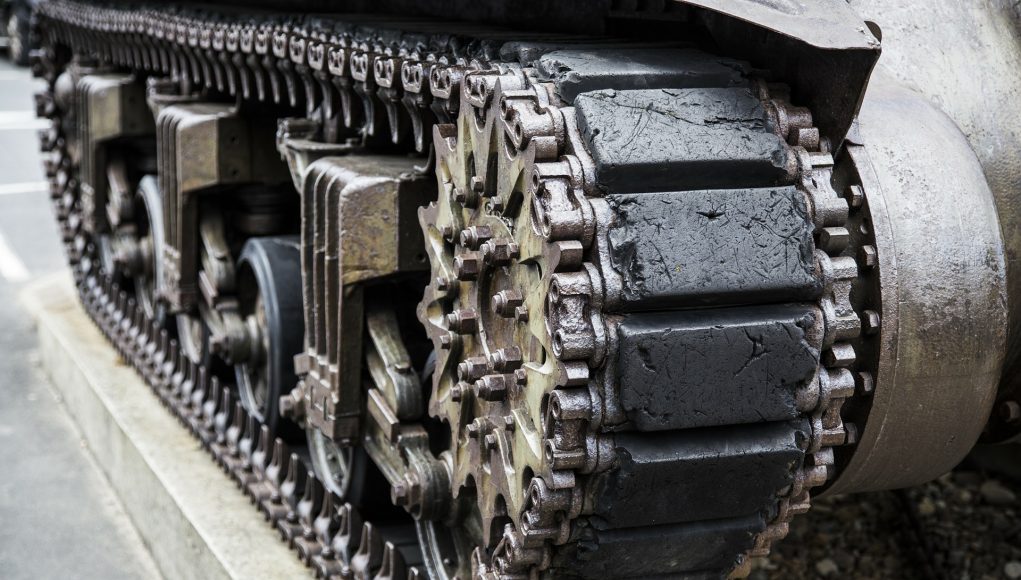A Rajagopal Of Indian Statistical Institute, Decodes the concept of “Smart Factory” in Defence Manufacturing and adds his reasoning on the road that lies ahead.
Framework for Business Process Modelling in Design and Simulation assuring functional performance enhancing defence preparedness are the critical requirements from private players through establishment of Engineering and Six Sigma Quality Analytics
Prime Minister Narendra Modi, on the occasion of first ever international defence-expo held at
Chennai recently cited the Thirukural, “Thottanaith thoorum manarkeni maandharku, kattranaithu thoorum arivu,” comparing”, more you delve deep in sand and soil, more you reach the spring of water”. The deep learning essentially enhances insight of knowledge for decision making. Here learning by “Maandharku” is innocuously addressed to the platform of machine learning through Artificial Intelligence in modern business environment.
According to William F maloni, Chief Economist of the World Bank says that India has the potential to innovate on the lines of Silicon Valley but it is achievable only when the Innovation Ecosystem is created. He added that he believed in firm size, firm capability and innovation have strong relationship. This tantamount to promptness in delivery of quality and reliable products assuring functional performance. This includes tiny outsourced sub contracted jobs from child-part to sub assembly to main assembly till the complete final stage of the equipment throughout the supply chain. Unfortunately there is gap in the innovation ecosystem in India where firms continue to remain stagnant, to compete collaboratively.
Indian Defence Industry: Opportunities of Backward Integration of Supply Chain
India being the third largest armed force in the world and the sixth biggest defence spender has an annual budget of USD 34.53 Billion out of which 31 .1 % (USD 10.74 bn) had been spent on
Capital acquisitions. This has been predominantly dominated by Imports from foreign companies at around 60 %. The opening of the defence sector to private players strategically opens the mission of Make in India opportunities not only for the existing production facility of OFB’s, across the country but also create the opening of Foreign Original Equipment Manufacturer (OEM).
The Defence Procurement procedure which has been amended in Year 2016 provides with new category of Capital procurement – Buy Indian – IDDM (Indigenously Designed, Developed,
Manufactured) in order to encourage indigenous Design Development and Manufacturing of the Defence Equipment .In Addition the Govt also provides incentives for R&D Incentives and Tax Incentives of up to 200 % under section 35 (2AB) for companies engaged in the manufacture of an in-house R&D centre.
Transformative Change:
In his book, “The world becoming flat”, Thomas Friedman, a three time Pulitzer award winner, highlights,” fast connectivity in communication has put people all over the globe in touch as
never before”. While this on one side pose a threat of opening us to the world of competition, on the other side opens a myriad of opportunities for organizations which responds to the transformational changes adopting modern techniques, technology and tools.
Meeting specification per-se will not work effectively in field condition, and any failure particularly during combating would be disastrous that may alert the enemy. Right the first time with continuous supply and consistent field performance are “must be”
requirements for which verifying and validating the functional performance through simulation are the grand challenges of opening the new avenue for the private players.
Industry 4.0 introduces what has been called the “smart factory,” in which cyber-physical systems monitor the physical processes of the factory and make intelligent decision support from data through machine learning. This may be required even in the initial stage of tender process, product development and process design. As such this can be a best practice that builds confidence in supply chain. The cross-functional team Design, Production, Tools, Process,Maintenance, and Quality may need to acquire planning skills to make this happen.
The MSME’s in the developing country needs to be extremely aggressive at adopting technologies and Investing in R&D. The Innovation paradox suggests that the rate of return to Investment and innovation is extremely high for poorer countries and yet the developing countries spend less on Innovation and R&D.
In developing countries, the concept of national innovation system must be expanded, for Equitable Growth, including Financial Institutions.









